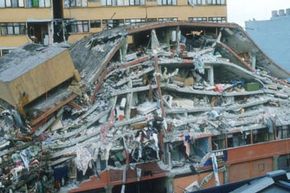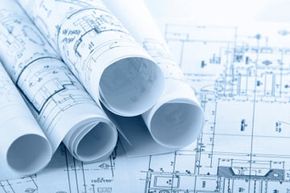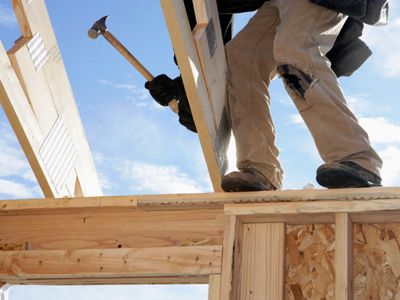Call it a step in the right direction. When a 7.4-magnitude earthquake hit southern Mexico in March of 2012, the loss of life and destruction of property were far less than the nation had seen in quakes past. Indeed, while the recent temblor destroyed 60 homes and damaged 800 others, only a handful of people were hurt and nobody died. Compare that, though, with the 8.0-magnitude earthquake that hit Mexico in 1985, which you could call a tragedy without any risk of hyperbole: Thousands of homes were damaged, hundreds were destroyed and, worst of all, 10,000 people lost their lives [source: IBHS].
So what accounts for such a dramatic difference? According to the Insurance Institute for Business and Home Safety (IBHS), a non-profit research organization supported by the property insurance industry, it all comes down to Mexico's implementation of greatly improved building codes after the 1985 disaster.
Advertisement
"Mexico has taught the world a valuable lesson -- that strong, well-enforced building codes can and do save lives and reduce property damage," said Julie Rochman, president and CEO of IBHS, in a statement after the more recent earthquake.
If you've ever done a home improvement project or renovation, you're likely familiar with the basic idea of building codes and the term, "brought up to code." In the most basic terms, building codes are a sprawling set of laws -- enforced by building inspectors -- that govern how buildings are constructed in order to ensure public safety [source: McGarry].
Their reach, says Tim McGarry, a Cleveland, Ohio-based construction lawyer and former chairman of the Ohio State Bar Association's construction section, is complete. "They affect anyone who builds a building, including a home, in that jurisdiction." But the way the codes themselves are developed has changed a lot over the years.
Advertisement



